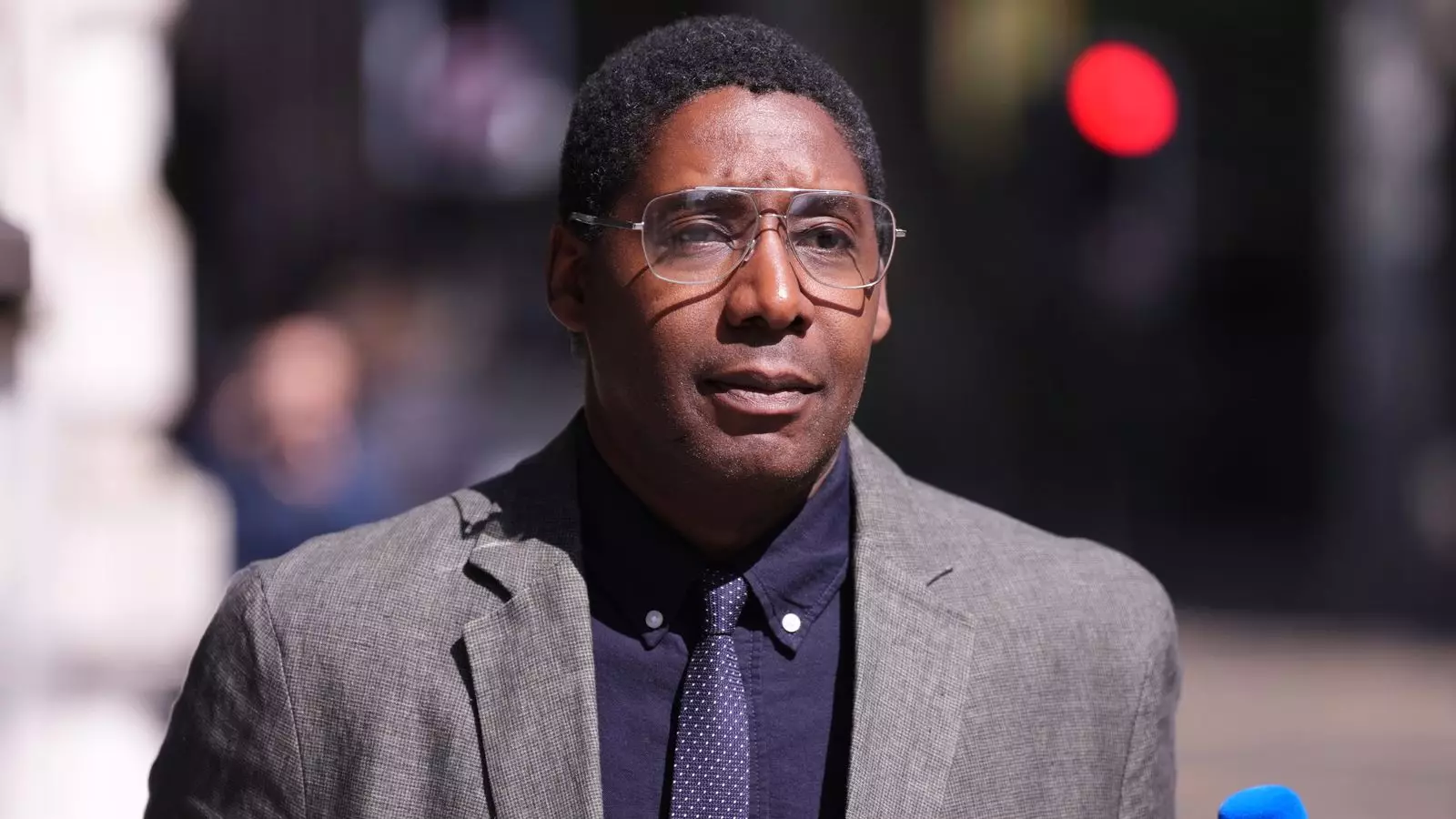In an unexpected twist that has sent shockwaves through the art community, Oghenochuko Ojiri, a familiar face on television shows like *Bargain Hunt* and *Antiques Road Trip*, has been sentenced to two and a half years in prison for his gross negligence—specifically, transferring art pieces to an individual linked to Hezbollah. The ramifications of this case extend well beyond Ojiri’s conviction; they shine a glaring light on the oft-misunderstood connections between art, commerce, and organized crime. Rather than existing in an abstract world of aesthetic values, the art market can become a breeding ground for complicity in heinous acts, and this instance serves as a textbook example.
The Nature of the Transaction
Ojiri’s transactions involved around £140,000 worth of art sold over the span of 14 months to Nazem Ahmad, who prosecutors identified as a financier for the terrorist organization Hezbollah. The sheer audacity of selling art to such a figure is not merely a lapse in judgment; it is an indication of a grave ethical failure. Legal obligations exist for a reason—guards against the exploitation of legitimate businesses for nefarious purposes. The case serves as a cautionary tale highlighting how the allure of financial gain can overshadow moral obligations. Instead of rigorously vetting the buyer, Ojiri’s actions epitomize a glaring lack of due diligence that is both shocking and unforgivable.
The Reality of the Art Market
The art world has always had a reputation for opacity, attracting not only passionate collectors but also those with dubious intentions. The lack of regulatory oversight creates a fertile ground for illicit activities. In this instance, the art market transformed from a realm of beauty and culture into a conduit for facilitating terrorism. Judging by the prosecutor’s revelations, Ahmad possessed an extensive art collection, including works by Picasso and Warhol. Such celebrated names add a veneer of legitimacy, but this facade cannot obscure the murky depths of financial misconduct and moral bankruptcy.
In light of Ojiri’s case, one might wonder to what extent artists, dealers, and collectors are willing to go in the pursuit of profit. The situation raises pressing questions about the ethical responsibility of art dealers and their role in maintaining the integrity of the market. Do they prioritize commercial success over ethical considerations? One has to ponder if such compromises are systemic and widespread in this glamorous but treacherous landscape.
Legal Implications and the Message Sent
Ojiri’s conviction is a landmark moment within the legal frameworks surrounding art transactions. The judgment sends a strong message not just to Ojiri, but to all dealers: the obligations imposed by the Terrorism Act 2000 are serious and cannot be flouted for personal gain. Judge Cheema-Grubb’s remarks reveal a deeper concern—the necessity for integrity in the art market. She articulated a heavy irony in Ojiri’s circumstances: a public figure from an ethnic minority, seen as a role model and now implicated in such a grave misstep. This representation might strike a heavy blow not just to Ojiri’s career but also to the perceptions of aspiring artists and dealers from similar backgrounds.
It’s a critical juncture for the art world; the legal ramifications will undoubtedly inspire renewed scrutiny regarding compliance and ethical conduct. Commander Dominic Murphy’s comments, labeling the prosecution a cautionary tale, bear acute resonance. His assertion highlights a pivotal question: could this prosecution herald far-reaching consequences for others in the art world who turn a blind eye to the sources of their wealth?
The Need for Ethical Standards
As the dust settles on this scandal, one can’t help but ponder the need for stricter regulations in the art market to ensure accountability. Art dealers must not only be custodians of cultural heritage but also champions of ethical practices. It’s an imperative that resonates not just with art professionals but with society at large.
Post-Ojiri, the industry is grappling with its own conscience. Are individuals in positions of influence equipped with the frameworks necessary to assess ethical dilemmas? Education and awareness should become integral components of professional development in the art sector, emphasizing the consequences of financial decisions that compromise integrity.
While the art market has long been romanticized as a space for creativity and elegance, this incident serves as a stark reminder: beauty can coalesce with darkness in the most unexpected of ways, and a market that prizes unmonitored transactions invites chaos. It’s a troubling reality that we must actively confront as the boundaries between art and morality continue to blur.


Leave a Reply